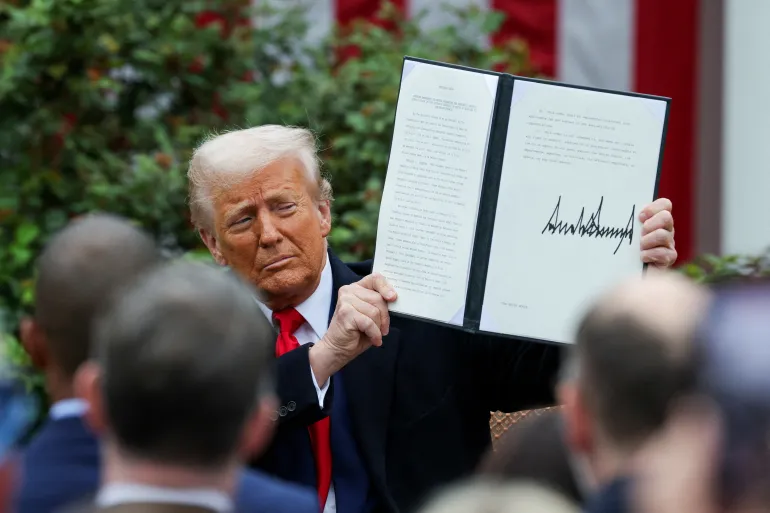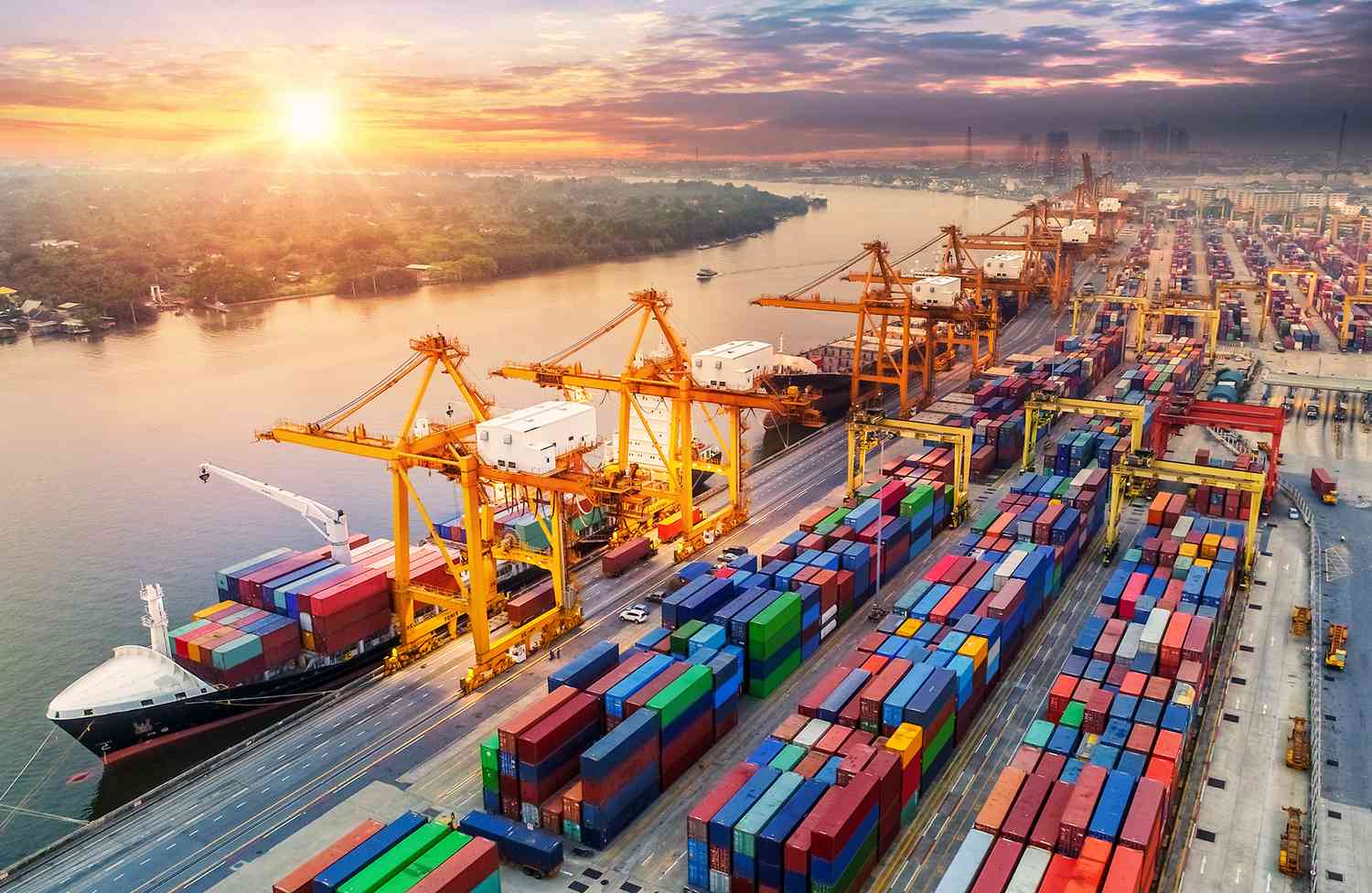
Over the past few years, one of the most concerning economic developments in the United States has been the noticeable departure of numerous American companies driven by the escalating tariffs imposed by the U.S. government. These tariffs, intended to shield domestic industries by making imported goods more expensive, have inadvertently triggered a wave of corporate relocations and shutdowns. As businesses seek more favorable economic environments, many have chosen to relocate their operations overseas or cease their operations altogether within the U.S., leading to profound implications for the American economy.
Understanding the Drivers Behind Business Departures
The decision of companies to leave the U.S. isn’t made lightly. Several factors interplay to motivate such radical moves, primarily revolving around the economic strain caused by tariffs:
- Increased Costs: Tariffs often lead to higher manufacturing and importing costs. Companies reliant on imported components face squeezed profit margins, prompting them to reconsider their supply chains.
- Competitive Disadvantages: Elevated costs make American-made products less attractive both domestically and internationally, reducing competitiveness against foreign rivals.
- Supply Chain Disruptions: Tariffs can complicate supply chain logistics, creating delays and uncertainties that prefer companies to set up operations in less restrictive environments.
- Market Uncertainty: Ongoing trade tensions breed unpredictability, discouraging investments within the United States.
Evidence From Businesses Abandoning America
The recent reports, including a compelling video by the Australian Broadcasting Corporation, offer visual and detailed insights into how tariffs are influencing corporate decisions. The video sheds light on the tangible consequences faced by companies and the personal stories behind the headlines.
The key themes from the video include:
- Relocation of manufacturing facilities to countries with more favorable trade policies and lower tariffs.
- Closure of operations in the U.S. due to mounting costs and regulatory hurdles.
- The impact on employment as factories shutter or move abroad, leaving American workers unemployed.
- Strategic realignment by multinational corporations focusing on regions offering stability and better economic incentives.
Examples of Companies Moving Abroad
Several prominent companies have announced or executed plans to shift their operations overseas. These include giants from various sectors such as manufacturing, technology, and consumer goods, illustrating that no industry is immune to the adverse effects of tariffs.
Some notable examples are:
- Automotive manufacturers relocating assembly plants to Canada, Mexico, or Asia to bypass tariffs on imported parts.
- Tech companies expanding their manufacturing facilities in countries with more relaxed trade policies.
- Textile and apparel brands shifting production to countries with lower labor and tariff costs.
Economic and Social Impacts
Impact on the U.S. Economy
The exodus of businesses due to tariffs poses serious risks to the U.S. economy. Fewer manufacturing jobs, diminished exports, and declining investment can contribute to slower economic growth. Moreover, the potential decline in tax revenues affects governmental capabilities to fund public services and infrastructure projects.
Impact on Workers and Communities
Communities reliant on manufacturing jobs face hardship when companies shutter their local plants or relocate. This leads to increased unemployment rates, reduced disposable income, and a decline in community well-being. Social issues such as increased poverty and decreased access to quality education and healthcare further compound the problem.
The Broader Geopolitical Context
U.S. tariffs are part of a larger geopolitical strategy aimed at renegotiating trade agreements and strengthening domestic industries. However, the collateral damage—namely, the flight of American businesses—raises questions about the effectiveness of this approach. While protecting certain sectors, the tariffs risk eroding the overall competitiveness of U.S. businesses in the global market.
Possible Solutions and Future Outlook
Addressing the exodus of American businesses due to tariffs involves several strategic measures:
- Reevaluating Tariff Policies: Finding a balance that protects U.S. industries without excessively burdening companies.
- Implementing Support Programs: Assisting displaced workers through retraining and education initiatives.
- Promoting Domestic Investment: Creating a conducive environment for companies to expand within the U.S., such as improved infrastructure and reduced regulatory burdens.
- Fostering International Trade Relations: Building mutually beneficial trade agreements that reduce the need for punitive tariffs.
The future trajectory of this issue remains uncertain. Continued economic pressures and global trade dynamics will heavily influence whether American companies resume domestic operations or continue seeking more favorable climates abroad. As policymakers debate trade strategies, it is crucial to consider the long-term repercussions for workers, communities, and the overall economic health of the nation.
Conclusion
The wave of American businesses leaving the U.S. due to tariffs reflects a significant shift in the economic landscape. While tariffs aim to bolster domestic industries, their unintended consequences threaten to undermine the very economic stability they seek to protect. The stories shared in videos and reports provide a compelling reminder of how interconnected global trade, corporate strategies, and local communities are in shaping the nation’s economic future.
As the debate continues, stakeholders must work toward policies that foster growth, protect jobs, and ensure the competitiveness of American industry in an increasingly complex global economy.
For more updated news please keep visiting Prime News World.








